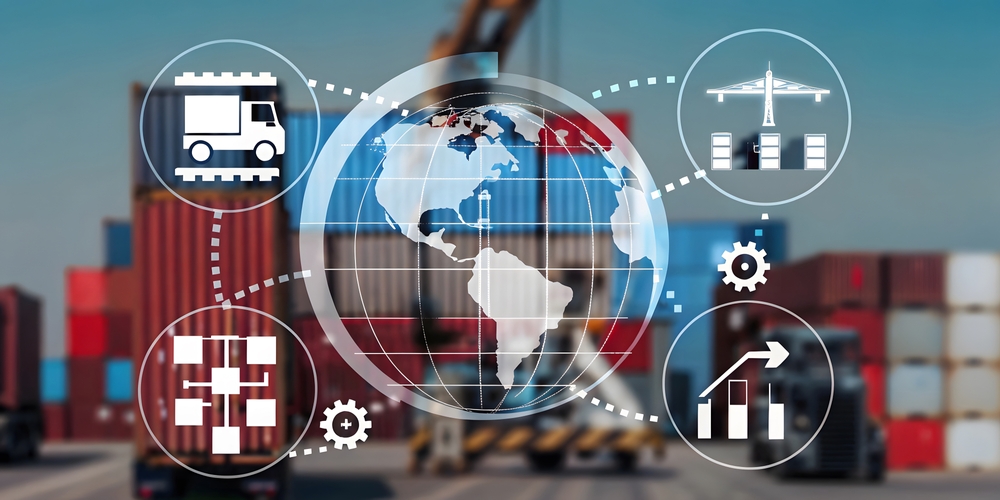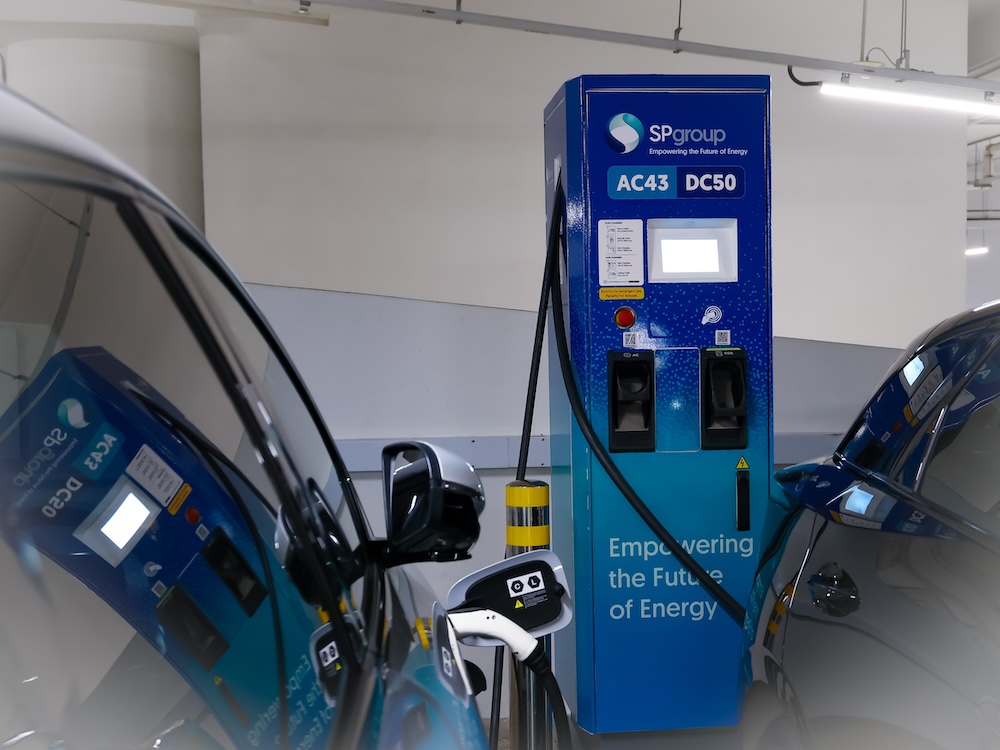As global trade tensions escalate, Singaporeans are feeling the impact in their wallets and on the roads. From tariffs to supply chain shakeups, find out how international politics are reshaping car prices, model availability, and what the future holds for local drivers.

The automotive industry, once a shining example of globalisation, is now at the mercy of geopolitical headwinds. Trade wars, tariffs, and supply chain disruptions are no longer distant headlines, they’re realities affecting what Singaporeans pay for their next ride and which models they can even consider.
Recent moves by the United States, notably the imposition of sweeping 25% tariffs on foreign vehicles and automotive parts, have sent shockwaves through the global car market. These tariffs, designed to bolster domestic manufacturing, are reverberating far beyond American shores, with Asia, and Singapore in particular, caught in the crossfire.
Tariffs: The Price Tag of Trade Wars For Singapore, a nation that imports virtually all its cars, the effects of global tariffs are immediate and severe. The US tariffs, which cover everything from engines to electronic components, have triggered a domino effect. Automakers worldwide are recalculating costs, rethinking supply chains, and, in many cases, passing the bill to consumers.
For Singapore, a nation that imports virtually all its cars, the effects of global tariffs are immediate and severe. The US tariffs, which cover everything from engines to electronic components, have triggered a domino effect. Automakers worldwide are recalculating costs, rethinking supply chains, and, in many cases, passing the bill to consumers.
Rising costs: The direct impact of tariffs is a sharp increase in vehicle prices. In the US, experts estimate that tariffs could add US$5,000 to US$12,000 to the price of imported cars, especially luxury models and electric vehicles. While Singapore does not import cars directly from the US in large numbers, the global nature of automotive supply chains means higher costs for parts and vehicles from Europe, Japan, and Korea, key sources for Singapore’s car market.
Supply chain shifts: To sidestep tariffs, manufacturers are relocating production, often at significant expense. Some are building new plants in the US or Southeast Asia, while others are scaling back exports to tariff-heavy markets. This realignment disrupts established supply chains, leading to delays and further cost increases.
Singapore’s Unique Car Pricing Puzzle
Singapore already stands out for its sky-high car prices, thanks to a combination of import tariffs, taxes, and the infamous Certificate of Entitlement (COE). The Additional Registration Fee (ARF), which can reach up to 320% for luxury cars, is layered atop global price hikes, making the impact of international trade tensions even more pronounced for local buyers.
Sticker shock: A BMW 5 Series can cost upwards of S$380,000, while even a modest Honda Jazz might set you back S$160,000. These prices reflect not just local taxes but also the rising open market value (OMV) of vehicles, which is directly affected by global supply chain costs and tariffs.
Tax bracket creep: As the OMV of cars rises due to increased production and import costs, more vehicles fall into higher ARF brackets, compounding price hikes for Singaporean consumers.
Fewer Choices, Longer Waits
Trade tensions don’t just make cars more expensive, they also limit what’s available. As automakers adjust to new tariffs and supply chain realities, some models are being discontinued or delayed. For Singaporeans, this could mean:
- Reduced model availability: Fewer variants and limited stock of popular models, especially those assembled in Europe or the US.
- Longer lead times: Delays in delivery as manufacturers reroute supply chains or wait for parts stuck in customs bottlenecks.
- Shift to regional brands: With Western automakers facing higher costs, Asian brands, especially those with production bases in Southeast Asia, may gain market share in Singapore.
The Electric Vehicle (EV) Wildcard
Geopolitics is also redrawing the map for electric vehicles. China, the world’s largest EV producer, has become a focal point for both opportunity and risk. The US and EU are tightening restrictions on Chinese EVs and components, citing national security and technological competition.
For Singapore, which is aggressively promoting EV adoption, this could mean:
- Higher prices for imported EVs: As tariffs and trade barriers push up costs for batteries and components sourced from China and Europe.
- Supply chain uncertainty: Potential delays or shortages of popular EV models if trade disputes escalate.
- A push for localisation: Automakers may look to set up assembly or battery production in Southeast Asia to serve regional markets more efficiently.
What Should Singapore Drivers Expect?
- Continued price pressure: Car prices in Singapore are likely to remain high, and could rise further, as global tariffs and supply chain challenges persist. Even if local taxes remain unchanged, the underlying cost of vehicles is trending upwards.
- Less variety, more waiting: Expect fewer choices in showrooms and longer waiting times for popular models, especially those affected by trade disruptions.
- Shifting market dynamics: Asian brands with regional manufacturing may become more prominent, while Western luxury marques could become even more exclusive due to compounded tariffs and taxes.
- Insurance and maintenance costs: With tariffs also hitting auto parts, repair and insurance costs are expected to rise, putting additional pressure on car owners.
Navigating a New Automotive Era
The age of cheap, plentiful cars is over, at least for now. Geopolitical tensions, tariffs, and supply chain upheavals have fundamentally changed the automotive landscape. For Singaporeans, this means higher prices, fewer choices, and a need to adapt to a rapidly evolving market.
While policymakers and industry leaders grapple with these global challenges, local drivers should brace for a future where buying and owning a car is more complex, and costly than ever before.



